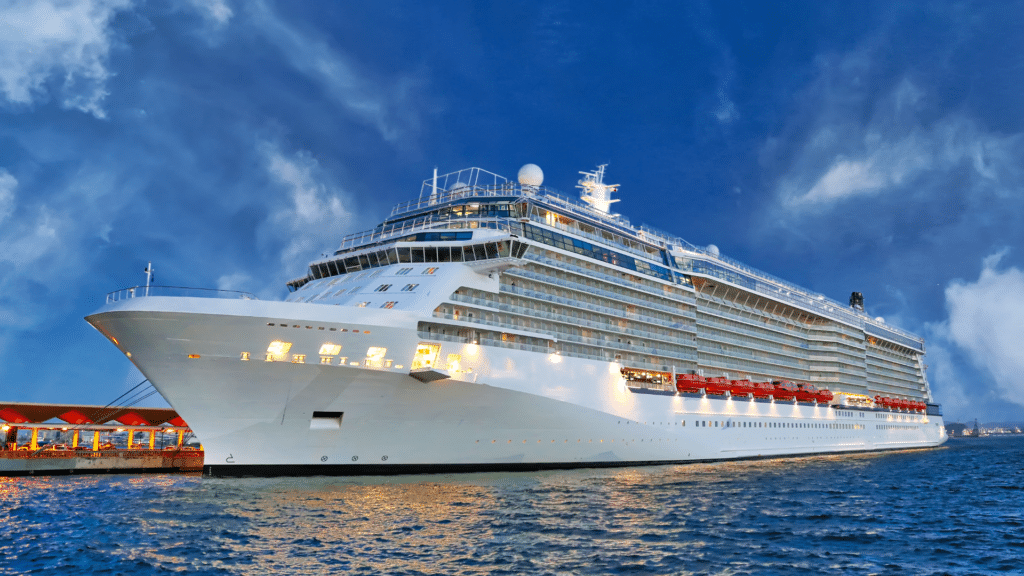
Disney confirms it will leave Australia after February 2026. The news surprises many. Our cruise culture is strong and growing. In 2024, 1.32 million Australians took a cruise. On paper, the fit looks ideal. Yet the numbers tell a different story, and much of it comes down to how Disney’s brand value proposition failed to connect with local customers.
The issue is not demand. The issue is how the offer lands for Australian families and repeat cruisers. Value feels unclear. Pricing feels high. And the experience feels hard to justify versus rivals. That combination pushes curious first-timers to try once, then return to familiar lines. The exit is a warning for any global brand entering Australia: brand magic helps, but a strong value proposition and market fit win.
>Download Now: Free PDF Future Proof Your Pricing Strategy
The Market Disney Cruises Walked Away From
Australia remains one of the world’s top cruise source markets. Per capita, we love cruising. We also book again and again. The market rewards lines that deliver a clear brand value proposition, simple choices, and easy planning. That is why the major players invest here. It is also why ships redeploy quickly when yields drop.
Meanwhile, the region shifts. Disney’s new, very large Disney Adventure will homeport in Singapore from December 2025. That move concentrates capacity in a nearby hub with scale and shorter itineraries. It also signals where Disney expects stronger economics. The Australian market is attractive, but it is unforgiving on perceived value, pricing, and Disney cruise Australia marketing decisions.
Capability Building Programmes For Pricing & Sales Teams!
The Disney Cruise Australia Pricing and Marketing Barrier
Price becomes the first speed bump. Interior cabins start from $750+ per person for two nights. Onboard spending is in USD. That adds exchange-rate anxiety and bill shock. Pricing layers and add-ons blur the true cost. Families compare quickly. They see balcony cabins on other lines at similar or lower fares, often sold in AUD. They also see clear inclusions that strengthen the brand value proposition.
The result is a simple decision. Try Disney once for the novelty. Then book a better-value rival next time. In a market where households budget tightly and plan around school terms, Disney Cruise Australia’s pricing confidence matters. The moment confidence drops, repeat intent drops with it.
Can Value Based Pricing go wrong? 🧐 Podcast Ep. 95!
The Limited Appeal in the Business Model and Value Proposition
The second speed bump is reach. Routes are Sydney-only. That forces extra domestic flights for many travellers. Those flights are not cheap. Itineraries also offer a few standout ports and too many familiar calls. There are limited reasons to repeat. Rivals take the opposite tack. They broaden itineraries and they vary in length. They sail from multiple ports and they keep offers simple and in AUD.
In short, they remove friction and expand choice. When you lower friction and raise choice, repeat bookings follow. Disney did not localise enough here. Its pricing strategy asked Australians to pay more and travel further for less variety. That is a tough ask in a repeat-driven market.
Even Big Brands Struggle Without a Strong Value Proposition
Brand prestige gets attention. It does not guarantee loyalty. In Australia, loyalty forms when everyday value feels obvious. We want value, variety, and ease. If any of those feel weak, we churn. Disney delivered brand magic. The shows and characters land well. However, the brand value proposition must beat a sharp competitor at a similar price.
If a balcony on a rival line costs the same as Disney’s interior, value perception flips fast. Add USD onboard and complex inclusions, and the value story weakens further. Even global giants lose local ground when the offer fails to match local expectations. That is not a brand problem. It is a pricing and product-market-fit problem.
Brand Value Proposition Lesson for Cruise Pricing Teams
Pricing clarity wins. First, simplify the offer. Cut the small print. Make inclusions obvious. Families want to know the true trip cost before they click “book.” Second, set fares to local spending power. Anchor prices to the market, not just the brand value proposition. Third, localise offers. Price and bill in AUD. Reduce currency exposure on board where possible. Bundle family-friendly value: dining, Wi-Fi, kids’ activities, and gratuities.
Fourth, design itineraries that justify the spend. Add variety. Rotate ships or shows to refresh demand. Finally, keep the awareness engine on. Initial hype sells out a season. Consistent, targeted marketing sustains loyalty beyond the first splash. In short, make the business value proposition clear and the value story obvious and repeatable.
Pricing Recruitment For Pricing Managers!
Popular Brand Alone Won’t Fill Ships
Brand appeal sells the first ticket. Only a strong brand value proposition keeps ships full. That lesson shows up across the region. Operators redeploy ships to higher-yield markets when local economies falter. Disney now concentrates its Asia capacity around Singapore with the new Disney Adventure, which can spread fixed costs over more guests and shorter sailings. Scale helps lower prices and sharpen perceived value. That repositioning tells us the real driver: unit economics must work, and customers must feel they win on value. When either fails, loyalty evaporates. When both land, repeat demand compounds.
For executives, review your pricing strategy now. Start with the customer’s business value proposition, not just the brand narrative. Audit every friction point: currency, inclusions, itineraries, departure ports, and total trip cost. Trim complexity. Price to win repeat, not just the headline sale. In the end, the business model and value proposition must align to deliver loyalty at scale.
〉〉〉 Get Your FREE Pricing Audit 〉〉〉
Brand Value Proposition Shapes Long-Term Loyalty
Disney’s exit is not a mystery. It is a case study. High entry prices, USD spend, Sydney-only routes, and complex pricing made the brand value proposition feel weak. In a market powered by repeat cruisers, that mix drives one-off interest, not loyalty. Meanwhile, competitors present a sharper business value proposition with clearer value and broader choice.
Put value clarity at the centre. Localise deeply. And measure success by repeat bookings, not launch buzz. If you lead a pricing or commercial team, act now. Map your business model and value proposition against Australia’s three tests—value, variety, and ease. Then rebuild for repeat. That is how you keep cabins full, season after season.
Now is the time to ask if your pricing or overall strategy tells a clear value story. Strong marketing won’t fix weak value clarity. If you want to review your approach or talk through practical steps, reach out. Let’s rethink how pricing can keep customers coming back, not just buying once.
For a comprehensive view of maximising growth in your company, Download a complimentary whitepaper on Future Proof Your Pricing Strategy.
Are you a business in need of help aligning your pricing strategy, people and operations to deliver an immediate impact on profit?
If so, please call (+61) 2 9000 1115.
You can also email us at team@taylorwells.com.au if you have any further questions.
Make your pricing world-class!


